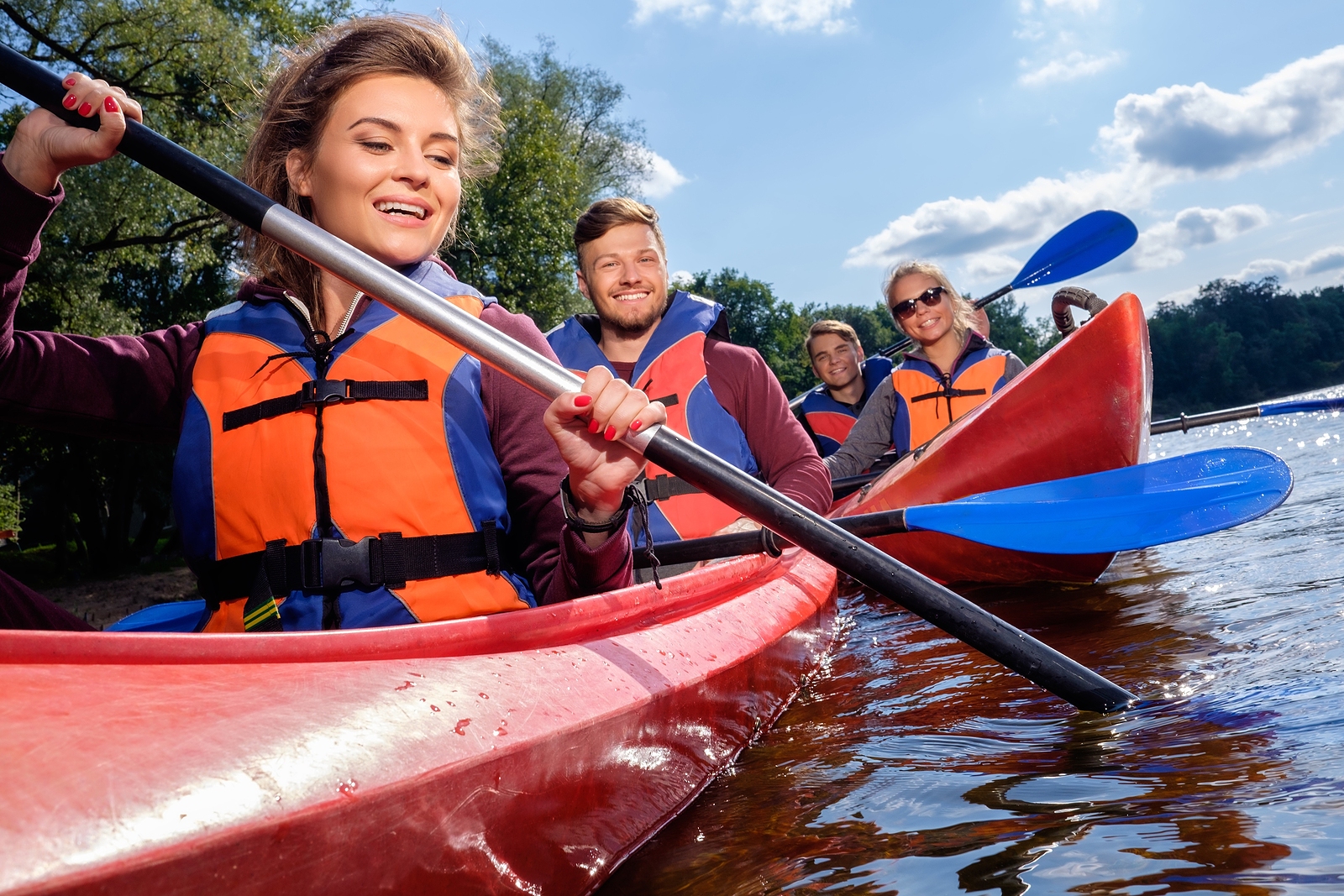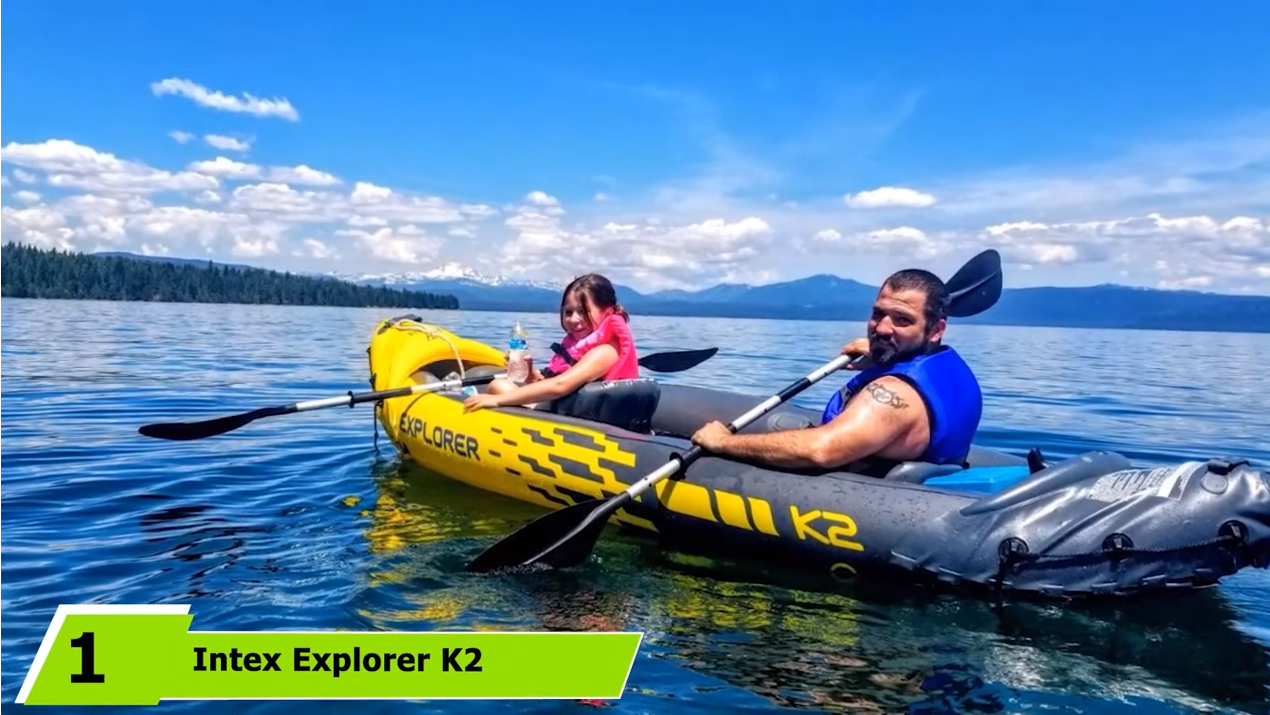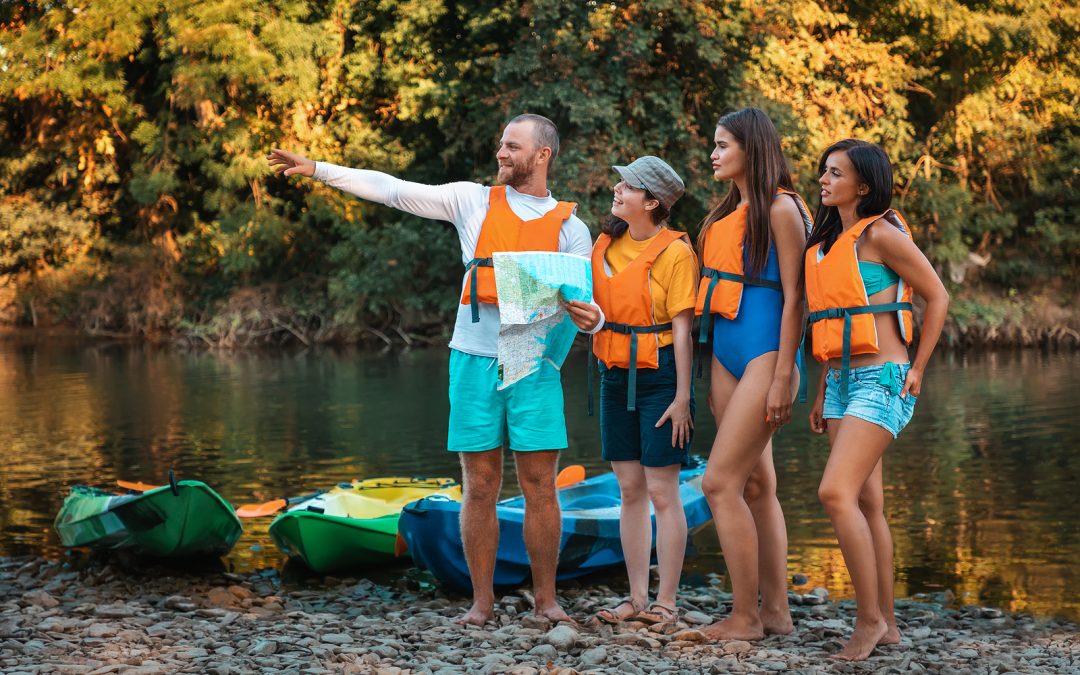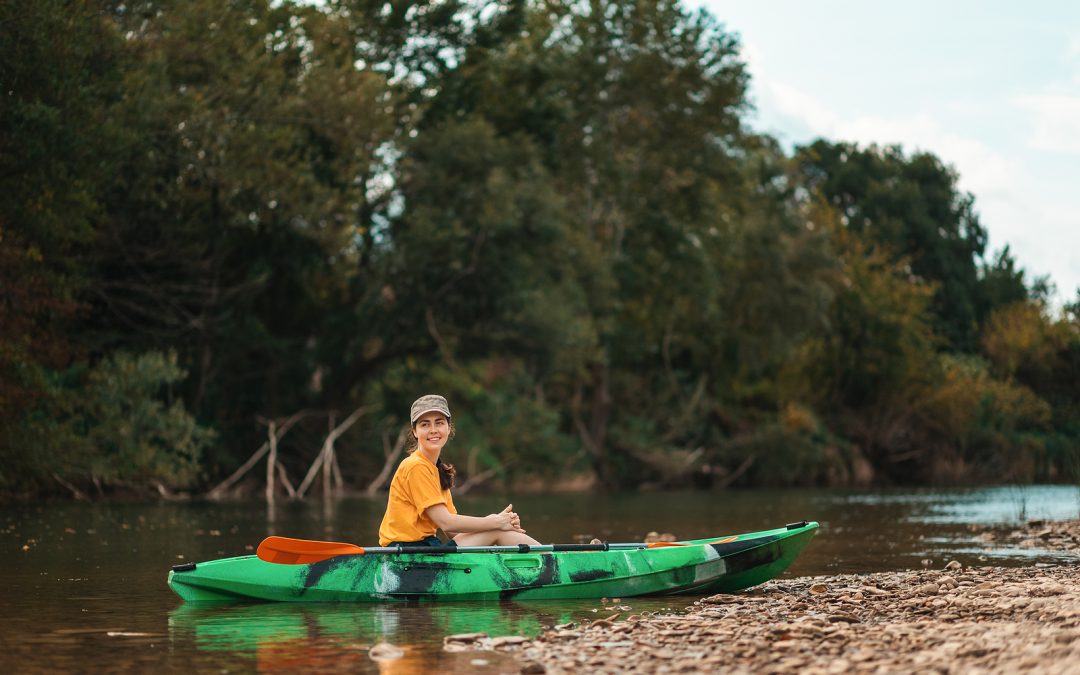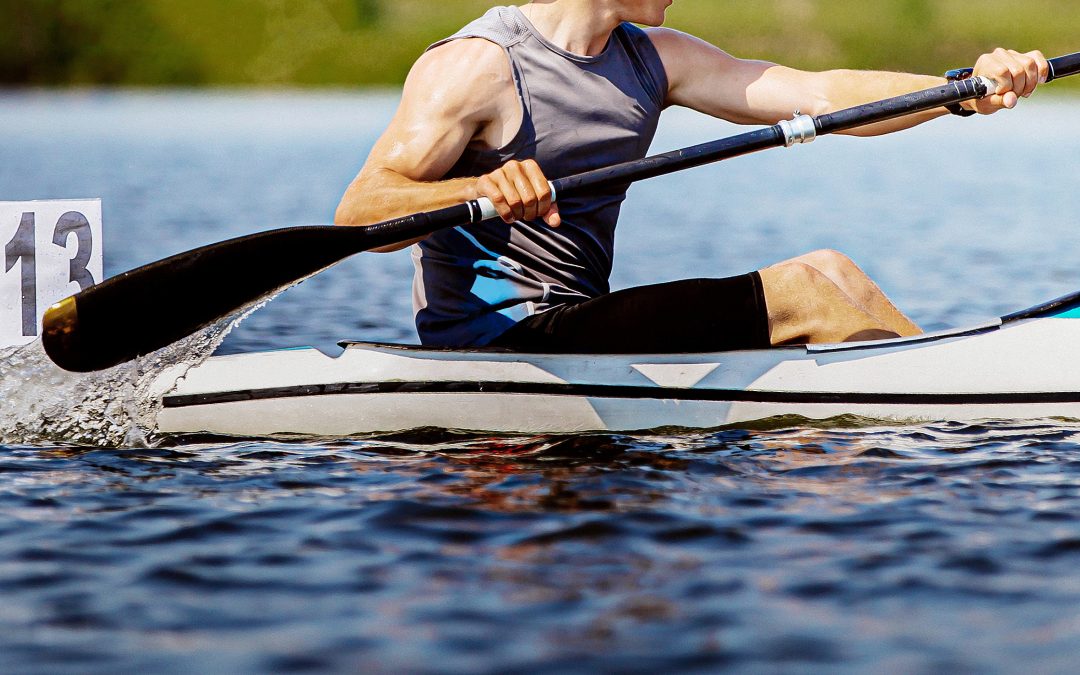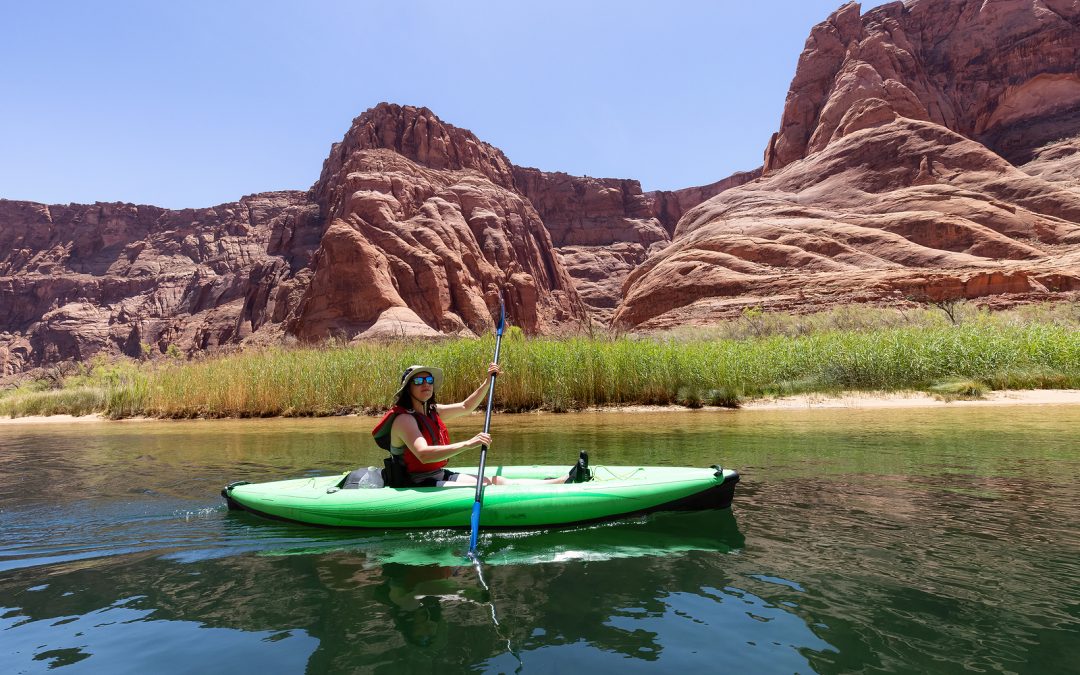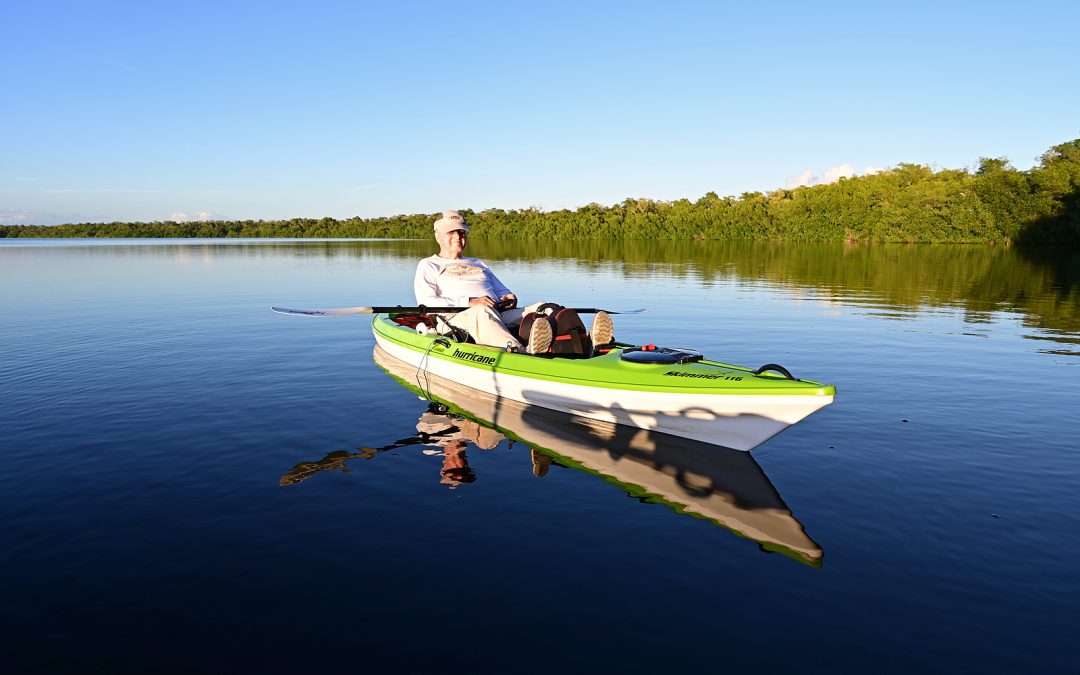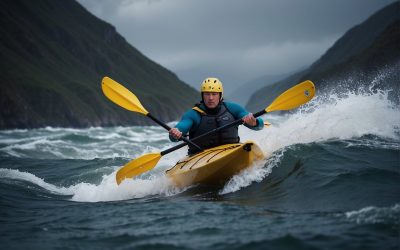Life Vest, Law Required: Kayaking Safety Essentials Explained
Kayaking is an enjoyable recreational activity, but safety should always be a top priority. One of the most important safety measures to follow when kayaking is wearing a life vest. However, kayaking enthusiasts should not only consider their personal safety but also be aware of the applicable laws and requirements related to life vests, also known as personal flotation devices (PFDs).

Life vest laws differ significantly throughout the United States, making it crucial for kayak users to familiarize themselves with their local and state regulations; which may include details such as minimum age for life vest use, approved types of life jackets, and specific situations when they are required while kayaking. Some states prioritize life jacket usage for children, so it is essential to understand all the rules to ensure the safety of your family on the water.
Key Takeaways
- Life vests, also known as personal flotation devices (PFDs), are essential safety garments for kayaking.
- Kayak users must be aware of local and state life vest laws and requirements to ensure compliance and safety.
- Children’s life jacket regulations may vary by state, making it essential to familiarize oneself with local rules.
Understanding Life Vests and PFDs

Personal Flotation Devices (PFDs), also known as life vests or life jackets, are important safety equipment for anyone participating in water-based activities, especially kayaking. This section will discuss the different types of PFDs and their importance in providing safety and buoyancy, as well as how to get the proper fit and sizing for a life jacket.
Categories of PFDs
In the United States, PFDs are classified into five types: Type I, Type II, Type III, Type IV, and Type V. These categories indicate the amount of buoyancy, the water conditions they are designed for, and whether they are USCG-approved or not.
Type I: These are offshore life jackets, providing the highest amount of buoyancy and designed to turn most unconscious wearers face-up in the water. They are best suited for open waters where retrieval may take longer.
Type II: These PFDs are designed for near-shore or inland waters where the rescue is more likely to come quickly. They offer a more basic design and are less bulky than Type I life vests, but they are not as buoyant. Type II PFDs will still turn some unconscious wearers face-up, but their floatation is more reliable in calmer waters.
Type III: This category includes flotation aids, which are suitable for recreational water activities where quick rescue is expected. These PFDs come in various designs and provide a comfortable fit with good freedom of movement.
Type IV: These are throwable devices, such as life rings or buoyant cushions, designed for use in an emergency to assist a person in the water.
Type V: Special-use life jackets, intended for specific activities like kayaking or sailing, often have additional features tailored to the activity. These PFDs are approved for use only when worn.
Proper Fit and Sizing
A life vest’s effectiveness depends on its fit and sizing. When choosing a PFD, first look for a USCG-approved label. This ensures that the life jacket’s performance meets the established safety standards.
To ensure a proper fit, follow these guidelines:
- Measure Chest and Weight: PFDs come in various sizes, usually based on chest measurement and body weight. Be sure to consult the manufacturer’s size chart when choosing a life jacket.
- Adjust Straps: A well-adjusted PFD should fit snugly without causing discomfort or restricting movement. Make sure to adjust the straps for a secure fit around your chest, waist, and shoulders.
- The “Right” Test: To test if your PFD fits correctly, lift your arms above your head and ask someone to gently pull the PFD up from the shoulders. A proper fit will stay in place and not lift over your head or chin.
Remember, wearing a life vest that fits properly greatly increases your chances of staying safe on the water. In some states, it is required by law for children to wear a life jacket while kayaking, and adults are required to have one on board.
Life Vest Laws and Regulations
Federal Kayaking Regulations
In the United States, federal regulations for life vests in kayaking are governed by the U.S. Coast Guard (USCG). The main requirement is that all kayakers must have a wearable USCG-approved life vest or Personal Floatation Devices (PFD) for each person on board, regardless of the vessel’s length. It’s essential to note that the traditional “Types” categories are being phased out, and a new labeling system focuses more on icons and less on wording[^1^].
State-Specific Kayak Life Jacket Laws
It’s important to be aware that life jacket regulations can vary by state, specifically regarding the minimum age requirement for wearing a life vest while kayaking.
Here are a few examples of state-specific kayak life jacket laws:
- North Dakota: Kayak life vest law requires a Coast Guard approved personal floatation device for each person on board a non-motorized vessel. Children 10 and under must wear a life jacket while underway.
- Louisiana: Persons under 17 years old are required to wear a USCG-approved life jacket at all times when aboard any moving water vessel less than 26 feet long.
- Maine: Children 10 years old and younger must wear a USCG-approved life jacket while aboard any water vessel.
- Texas: State regulations also mandate life jacket requirements when boating. More details on life jacket requirements by vessel type can be found in the Texas Parks & Wildlife Department Outdoor Annual.
- Alabama: One life jacket per person on board is required. Anyone under 8 years old must wear a life jacket at all times while onboard any vessel.
In states without children’s life jacket laws in place, a USCG interim rule requires children under 13 on moving boats to wear a USCG-approved life jacket that fits. To avoid confusion and ensure compliance, it’s advisable to check the specific life vest regulations for the state you plan to go kayaking in.
Kayaking Safety Considerations
Choosing the Right Life Vest for Kayaking
When preparing for kayaking activities, it is essential to choose the right life vest (personal flotation device or PFD) that will ensure safety on the water. A well-fitted life vest must be USCG-approved Type I, II, III, or IV and should take into account the wearer’s age, size, and activity type.
To select the appropriate life vest, consider these factors:
- Fit: The vest should be snug but still allow for ease of movement.
- Visibility: Bright colors enhance visibility in case of emergency situations.
- High seat back compatibility: If your kayak has a high seat back, opt for a vest with either a mesh or thin-foam back for added comfort.
Life Vest Accessibility and Readiness
Life vests should be readily available for all individuals on a kayak. Federal law requires children under the age of 13 to wear a life jacket on recreational vessels. It is crucial that adults ensure their own life vests and those of younger participants are in good condition and properly worn at all times. This is important, as most drownings occur due to unexpected incidents such as collisions or personal medical issues causing individuals to end up in the water.
Additional Kayaking Safety Gear
Apart from a life vest, having additional safety gear on board is essential for a secure kayaking experience. Some items you should consider including are:
- Whistle: To signal for help in case of emergencies.
- Helmet: Especially for kayaking in rough waters or close to rocks.
- First-aid kit: Containing essential medical supplies for treating minor injuries.
- Dry bags: To protect personal belongings and electronic equipment from water damage.
Remember, being prepared and knowledgeable about safety considerations can significantly reduce risks and enhance enjoyment during kayaking activities.
Children and Life Jacket Requirements

Minimum Age and Size Regulations
When it comes to kayaking, safety is of the utmost importance, especially for children. Each state has its own laws and regulations regarding life jackets for kids. For example, Idaho requires kids 14 years and younger to wear a life jacket on boats 19 feet and under, whereas Maryland mandates that all children 12 and younger must wear a life jacket on recreational vessels less than 21 feet in length. It’s essential to familiarize yourself with your state’s specific requirements and always ensure the life jackets are USCG (United States Coast Guard) approved.
The Importance of Proper Fit for Children
Selecting the right size and fit for a child’s life jacket is crucial to ensure their safety while kayaking. An ill-fitting life jacket can be ineffective or even hazardous in certain situations. Here are some tips for finding the perfect fit:
- Weight: First and foremost, consider your child’s weight. Most life jackets are sized according to the wearer’s weight, and this information can be found on the label.
- Measurements: Measure your child’s chest and compare it to the manufacturer’s sizing chart on the life jacket. This will ensure a snug fit, which is essential for safety on the water.
- Test for Proper Fit: Have your child wear the life jacket and fasten all straps, buckles, and zippers. Ensure there is no excess room around the arm openings, and the jacket should not ride up above the collarbone, as this can obstruct their breathing.
- The “Lift Test”: With the life jacket on, gently lift them by the shoulders of the jacket. If the life jacket rides up significantly around their neck or face, it is too loose and poses a risk.
Remember that children grow quickly, and it’s essential to regularly check the fit and adjust or replace the life jacket as needed. Above all, always prioritize your child’s safety by adhering to these guidelines and state laws on life jackets when kayaking.
Life Jackets and U.S. States Kayaking Laws
Kayaking is a popular recreational activity across the United States, and while the experience is enjoyable, safety should always be a priority. This includes wearing life jackets or personal flotation devices (PFDs) while kayaking. Depending on the state, requirements for life jackets on kayaks vary.
In Texas, adults are not required to wear life jackets while kayaking, but they must have one accessible PFD onboard for each kayaker. Children under 13 years of age must wear a life jacket when on a watercraft under 26 feet in length . In Alabama, all kayakers must have a USCG-approved life jacket onboard, and children under 8 years old must wear them at all times.
Alaska requires one life jacket per person on board a kayak, but adults are not required to wear them. However, children under 13 must wear a life jacket at all times while onboard. California enforces a similar rule, where all kayakers must have a USCG-approved PFD onboard, and children under 13 must wear them at all times.
States like Idaho and Louisiana have age-specific requirements for wearing life jackets. In Idaho, children 14 years and younger must wear life jackets on boats 19 feet and under. In Louisiana, persons under 17 years old are required to wear life jackets on moving water vessels less than 26 feet long.
In Maine, children 10 years old and younger must wear a USCG-approved life jacket while onboard a water vessel. Other states, such as Georgia and South Carolina, share the federal requirement that children under 13 must wear life jackets when on a moving boat.
In conclusion, it is crucial to research and follow the life jacket and kayaking laws specific to each state to ensure a safe and enjoyable kayaking experience.
Footnotes
- https://paddlecamp.com/texas-life-jacket-laws/
- https://www.outdooralabama.com/boating/rules-and-regulations
- https://www.wavesweekender.com/kayak-life-jacket-laws/
- https://www.californiaboatercard.com/life-jacket-law/
- https://paddlecamp.com/kayak-life-jacket-laws-by-state/
- https://peacefulpaddle.com/life-jacket-laws-by-state/
- https://www.maine.gov/ifw/fish-wildlife/boating/boating-law.html
- https://gadnrle.org/boating-rules-regulations
- https://www.dnr.sc.gov/boating/lifejacket.html
Maintaining and Storing Life Vests

Inspection and Care of PFDs
Regular inspection and care of personal flotation devices (PFDs) are crucial to ensure their reliability during kayaking trips. Examine your life jackets for any wear and tear, paying close attention to the materials and stitching. If you spot any damage or signs of wear, such as fraying or broken buckles, it’s time to replace the life jacket.
To prolong the longevity of your PFD, follow these tips:
- Rinse it with clean water after each use to remove salt, dirt, and other debris.
- Allow it to dry completely, preferably in open air but away from direct sunlight.
- Avoid storing it in damp or humid environments, which can encourage the growth of molds and mildew.
Remember, a well-maintained life jacket is essential for good serviceable condition and kayaker safety.
Storage Best Practices
Proper storage of your life vests will ensure that they remain in optimal condition and function effectively when needed. Adhere to the following storage best practices:
- Store life jackets in a cool, dry place, away from direct sunlight. Prolonged exposure to sunlight can weaken the materials, thereby reducing the effectiveness of the PFD.
- Hang your life vests on wide hangers or lay them flat to prevent unnecessary creasing and stress on the materials.
- Avoid placing heavy objects on top of life jackets, as this may compress the buoyant materials and reduce their effectiveness.
By taking these precautions, you can safeguard the performance and longevity of your personal flotation devices, ensuring the safety of all kayakers on the water.
Frequently Asked Questions

What are the age requirements for wearing a life jacket while kayaking in different states?
Age requirements for wearing a life jacket while kayaking vary by state. For example, in New Mexico, anyone on a kayak must wear a personal flotation device, while children under 13 are required to wear one in Texas.
Is it mandatory to wear a life jacket on a kayak in New York State?
In New York State, all kayakers and canoeists are required to wear a life jacket from November 1st to May 1st, while children under 12 must wear one at all times. Life jackets must also be readily available for all other passengers on the kayak.
What defines a USCG approved life jacket for kayaking use?
A USCG (United States Coast Guard) approved life jacket for kayaking use is one that meets the standards set by the USCG for buoyancy, visibility, and durability. Types I, II, III, and IV are acceptable for use in various kayaking conditions.
How do life jacket regulations vary by state for kayakers?
Life jacket regulations for kayakers vary by state, primarily in terms of age requirements and specific watercraft types. For instance, California requires life jackets only in specific areas such as lakes and reservoirs, while other states have different age and watercraft restrictions.
Are children required to wear life jackets when kayaking in New Jersey?
In New Jersey, children under 13 years old are required to wear a USCG-approved life jacket while aboard a kayak or other manually propelled vessel, unless fully enclosed by railings and not underway.
What are the life jacket laws for kayakers in Florida?
In Florida, children aged six and under are required to wear life jackets on a kayak, canoe, or paddleboard. For those aged seven and above, including adults, the life jacket must be present and accessible on board.
Conclusion

In the realm of kayaking, it is clear that life vests play a vital role in ensuring the safety of participants. Different states have differing laws and regulations pertaining to life vest usage while kayaking. For example, in North Dakota, children aged 10 and under are required to wear a life jacket while underway. On the other hand, Alaska states that children under 13 are required to wear a life jacket at all times while aboard a kayak.
Types of life jackets also vary across states. Some states require a Type I life jacket, known for its high buoyancy and optimal protection. Regardless of these variations, the use of life jackets, without a doubt, is essential for kayakers.
Key takeaways:
- Life vests are crucial for safety in kayaking
- Laws surrounding life vest usage differ by state
- Life jacket types may vary across states
- Adhering to state-specific regulations is important for all kayakers
In summary, it is essential for kayakers to equip themselves with appropriate life jackets and adhere to state-specific regulations to ensure a safe and enjoyable experience on the water. By being knowledgeable about and following these guidelines, kayakers can focus on the joys of their outdoor adventures.

